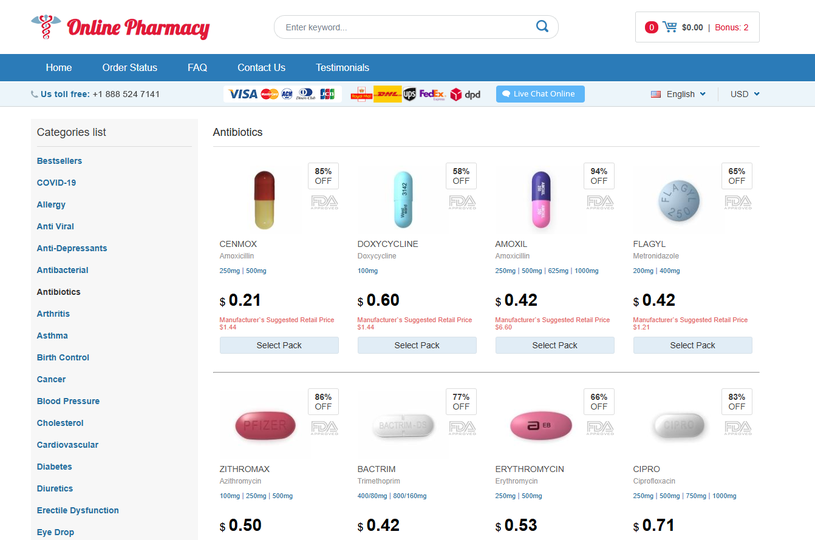To Buy Minocin No Prescription Visit Our Pharmacy ↓

Success Stories: Real Patients Share Their Experiences
It does so by binding to the bacterial ribosomes, which are responsible for the production of essential proteins necessary for bacterial survival and growth. It's not just about count and pour; it's an art and science of finding that therapeutic sweet spot. To learn more about the science behind this Elixir, visit this scientific review. Patients enrolled in these studies experienced significant improvements in their skin condition, with many reporting a notable reduction in acne lesions and overall clearer complexion. Patients should discuss their medical history and any existing conditions with their healthcare provider to ensure the safe and appropriate use of Minocin. The sig often specifies to take it with a full glass of water and to avoid lying down immediately afterward to prevent esophageal irritation. This Comp - Compound medication possesses the ability to tackle acne, reduce inflammation, and Sig - Directions on a prescription enhance overall skin health.
Potential Side Effects and How to Mitigate Them
However, despite these advancements, the overuse and misuse of traditional antibiotics have led to the rise of antibiotic resistance. Minocycline hydrochloride is the primary compound medication in Minocin, facilitating its action against various bacterial infections. This comprehensive approach makes it difficult for bacteria to develop resistance to Minocin, ensuring its prolonged effectiveness against a wide range of microbes. The exalted status attributed to Minocin in anecdotal discourses can overshadow the importance of responsible antibiotic stewardship. The effectiveness of Minocin has been well-established through clinical trials, demonstrating high success rates in eradicating various bacterial strains and improving patients' health outcomes. Disruptions to this delicate balance, often caused by factors such as diet, lifestyle, and medication use, can have far-reaching consequences, leading to a range of health issues. Being consistent with your minocin routine and maintaining open communication with your healthcare provider are key to maximizing the benefits of this acne treatment.
Potential Side Effects Addressed
Through its unique mechanism of action, Minocin targets the underlying factors that contribute to acne, including excess oil production and inflammation, resulting in a significantly improved complexion. Regular blood tests are often recommended to monitor liver enzymes and kidney function to catch any early signs of damage. Overuse and misuse of antibiotics, including minocycline, contribute to the spread of resistance, rendering them ineffective over time. Make sure to complete the full course of the medication, even if your acne starts to clear up, to avoid antibiotic resistance. By inhibiting the growth of bacteria, Minocin effectively curbs the spread of infections and prevents further complications. It's important to be aware that, because Minocin can make skin more sensitive to sunlight, users should exercise caution with sun exposure and consider using sunscreen. The unpredictable nature of rosacea can lead to constant anxiety and frustration as individuals try to manage and control their symptoms.
From Lab Discoveries to Clinical Breakthroughs: Minocin's Impact on Patient Health
Minocin, known generically as minocycline, stands out in the tetracycline class of antibiotics for its broad-spectrum activity. Despite its efficacy, Minocin is not suitable for everyone; it is contraindicated in children under the age of 8 and in pregnant or breastfeeding women due to potential effects on bone and tooth development. Dairy products are primary culprits as they contain calcium which can bind to the antibiotic, reducing its absorption and efficacy. When it comes to taking Minocin for acne, getting the dosage right is crucial. In rare cases, more serious side effects such as liver problems, kidney damage, or allergic reactions may occur. Decisions on whether to discontinue the medication or breastfeeding should be made in consultation with a healthcare provider, who can help you navigate these important choices. Its efficacy against rosacea is suggested to be due to its ability to inhibit the production of inflammatory mediators such as cytokines and to reduce neutrophil chemotaxis.
The Advantages and Unique Features of Minocin as an Antibiotic
As people with acne well know, each case can be as unique as the individual it affects, requiring an adaptable approach to treatment. When taking minocin, diet plays a crucial role in its effectiveness. Minocin, a powerful antibiotic, has earned its reputation as a formidable weapon in the battle against acne. Adolescents are particularly prone to acne due to hormonal fluctuations during puberty. It is often compared to other oral antibiotics like doxycycline and tetracycline, but Minocin is sometimes favored for its superior absorption and longer half-life, which may improve patient compliance and reduce the frequency of doses needed for efficacy. Additionally, Minocin can make your skin sensitive to sunlight, so it is crucial to apply sunscreen and limit sun exposure while using this medication. Teh dosage for teens usually starts with 50-100 mg every 12 hours, depending on medical advice.
Navigating Side Effects and Safe Minocin Usage
These may include gastrointestinal disturbances such as nausea, vomiting, or diarrhea. Minocin may interact with certain drugs, including antacids and anti-blood clotting medications. Patients who experience severe acne are at a higher risk for developing depression and anxiety, conditions that can create a cycle of stress and skin flare-ups. Minocin, the brand name for the antibiotic minocycline, has recently garnered attention in the field of dermatology as an effective contender against acne vulgaris. While Minocin, known generically as minocycline, has been a longstanding treatment for various bacterial infections, particularly acne, the emergence of drug-resistant bacteria presents a significant concern. Studies have demonstrated that Minocin can inhibit the production of pro-inflammatory molecules, such as cytokines and chemokines. Minocin, known generically as minocycline, distinguishes itself from other conventional acne treatments through its potent, broad-spectrum antibacterial properties, specifically targeting the bacteria involved in acne pathogenesis.
The Ultimate Verdict: Weighing Minocin's Efficacy
While Minocin can be highly effective in treating acne, its long-term use is not without risks. Common adverse reactions may include nausea, vomiting, dizziness, and photosensitivity (increased sensitivity to sunlight). Experiencing side effects while taking Minocin can be distressing, but understanding them can help in better managment. It's important to follow your healthcare provider's instructions and attend follow-up appointments for monitoring progress. This reaction is not unique to Minocin but is indeed a potential risk when undergoing treatment with tetracyclines. Minocin's targeted antibacterial therapy aims to minimize this risk by focusing on the specific microbial culprit, reducing the likelihood of resistance development and preserving the effectiveness of antibiotics for future use. It's commonly used to treat respiratory tract infections like pneumonia, as well as skin conditions such as acne and rosacea.
Minocin: a Targeted Solution for Infections
Research suggests that it may help reduce the severity of rosacea, a chronic skin condition characterized by redness and visible blood vessels. The most common side effects of Minocin include nausea, dizziness, and gastrointestinal distress. Remember, the benefits of Minocin often outweigh the risks when used responsibly. Its mechanism of action involves inhibiting bacterial protein synthesis, making it a valuable tool in combating a range of ailments. This quick intervention can be especially valuable for individuals who have struggled to find an effective acne solution, as Minocin can halt the progression of severe acne before it inflicts more damage, laying the groundwork for clearer, healthier skin without the prolonged wait. When taking minocin, timing and method are crucial to ensure its effectiveness and avoid complications. Thankfully, Minocin offers a solution to the persistent battle against acne.
Myth-busting: Minocin as an Antibiotic Superhero
In addition to its targeted approach, Minocin offers the added benefit of reduced side effects compared to traditional antibiotics. Veterinary professionals often rely on minocin to manage cases of Lyme disease and other tick-borne illnesses, given its efficacy in eliminating the bacteria responsible. Traditional antibiotics, while effective in treating infections, often lead to the emergence of resistant bacteria, making future treatments less effective. Similarly, it is not recommended for children under the age of 8, as it may cause permanent teeth discoloration and hinder bone growth. Individuals with rosacea often report sensations of stinging, burning, and tightness in their skin. The infection cleared up completely, and unlike previous treatments, there were no signs of relapse. Minocin, while a powerful acne-fighting antibiotic, is not without its precautions and contraindications.
Common Medical Uses for Minocin
As Minocin continues to prove its efficacy in treating rosacea, the future potential for this medication is promising. Additionally, Minocin may cause skin-related side effects such as rash or hyperpigmentation. The versatility of Minocin in managing both typical and atypical infections makes it a valuable tool in a physician's arsenal. Specifically, Minocin targets the 30S subunit of the bacterial ribosome, preventing the attachment of the aminoacyl tRNA to the mRNA-ribosome complex. In conclusion, while Minocin excels in treating specific types of infections, traditional antibiotics remain essential for a broader range of bacterial conditions. - The Future of Minocin: Promising Developments and Possibilities. Patients have reported seeing a noticeable improvement in the overall quality and suppleness of their skin after using this Stat medication.






